Ethiopia – Dawn
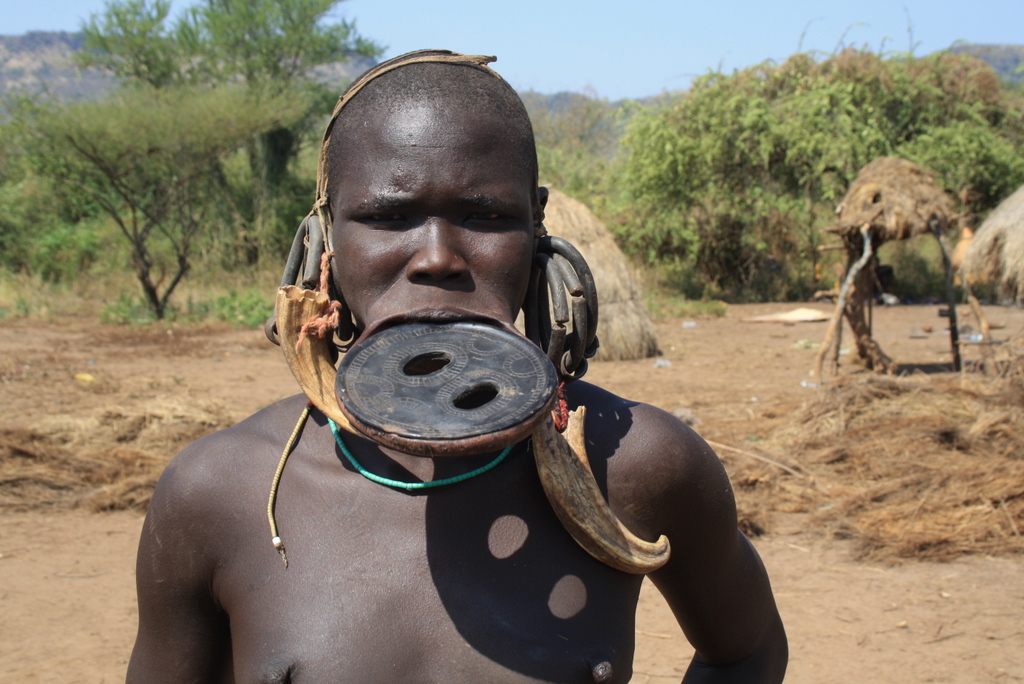
On 11.10.2019 it became known that the Ethiopian head of government Abiy Ahmed will receive the Nobel Peace Prize. The main reason is his commitment to solving the border conflict with Eritrea, Ethiopia’s neighbour, and thus his contribution to peace and cooperation in the region. With a look at the history and stories from Ethiopia, I would like to make this mysterious country a little better known.
Those who get off the plane in Addis Ababa first take a deep breath, check their heartbeats and inconspicuously observe their fellow travellers. The city is 2400 meters above sea level, and the air is thin up there. So it’s good to control your blood circulation. After all, one enters the third highest capital of the world with all its wonders that amaze the European. Although I was sure to have landed in Ethiopia on a day in November 2010, Kiprum (the name means “grace”), our driver, enlightened me: “We have a different time than you. We live in the year 2003”.
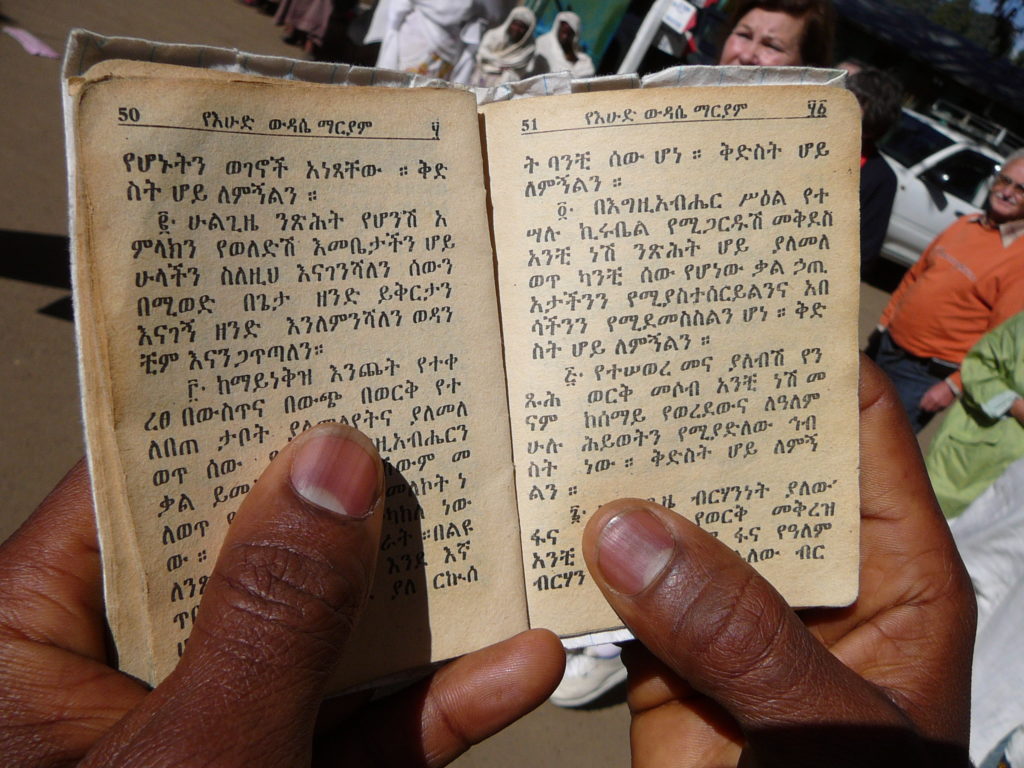
Calculation of time
“Do you have another calendar in Ethiopia?”
“We do. We use the Julian calendar. We are about seven years behind your Gregorian calendar. The new year begins with us on 11 September. Each month has 30 days, and to compensate we hang a 13th month with five to six days on it, depending on whether it is a leap year or not. Our calendar has its origin in ancient Egyptian. The current first month of the year is called meskerem. In Ethiopia, the day begins when the sun rises. That is at six o’clock in the morning. So now that you read seven o’clock on your clocks, it is only one o’clock. All right?”
Silent nod of the head.
“Our day has twelve hours. The night as well. However, if you are in Addis Ababa, you can assume that you also know the European time. So when you arrange a rendezvous, always ask if you want to meet after local or European time.”
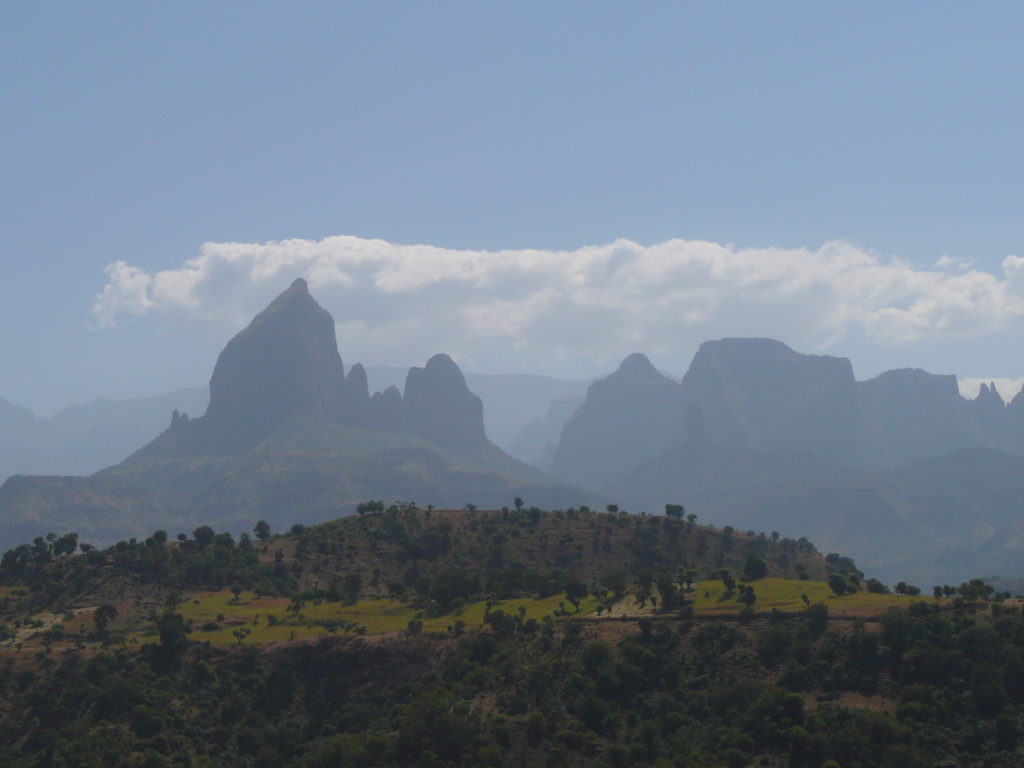
Border conflict between Eritrea and Ethiopia
In 1952 Eritrea became part of a federation with Ethiopia. In 1961, its efforts at independence led to an armed struggle against Ethiopia, which then annexed Eritrea. It lasted until 1993, when it gained its independence through a referendum. This did not guarantee peace with its neighbour. Two years later the Presidential Republic was proclaimed under President Gidada. Again two years later the country broke away from the monetary union with Ethiopia. In the following period, both states suffered from bloody border conflicts, which involved ownership claims in the north of the province of Tigray, about 400 square kilometers of semi-desert. The Organization of African States intervened as a mediator, and in 2000 representatives of their countries signed the peace agreement in Algiers. Over 120,000 Ethiopians died in the armed conflict. Relations between the two countries remained tense, they closed their borders, and Ethiopia has since had to conduct its foreign trade via Djibouti.
The border conflict between Eritrea and Ethiopia has existed since 1998. Three years earlier, nine Italian tourists had already been kidnapped in the Danakil Desert, and the Ethiopian government had obtained their release. In 2007, five employees of the British Embassy were kidnapped and released in Eritrea for ransom. Newspapers were given the opportunity to raise circulation levels with lurid articles.
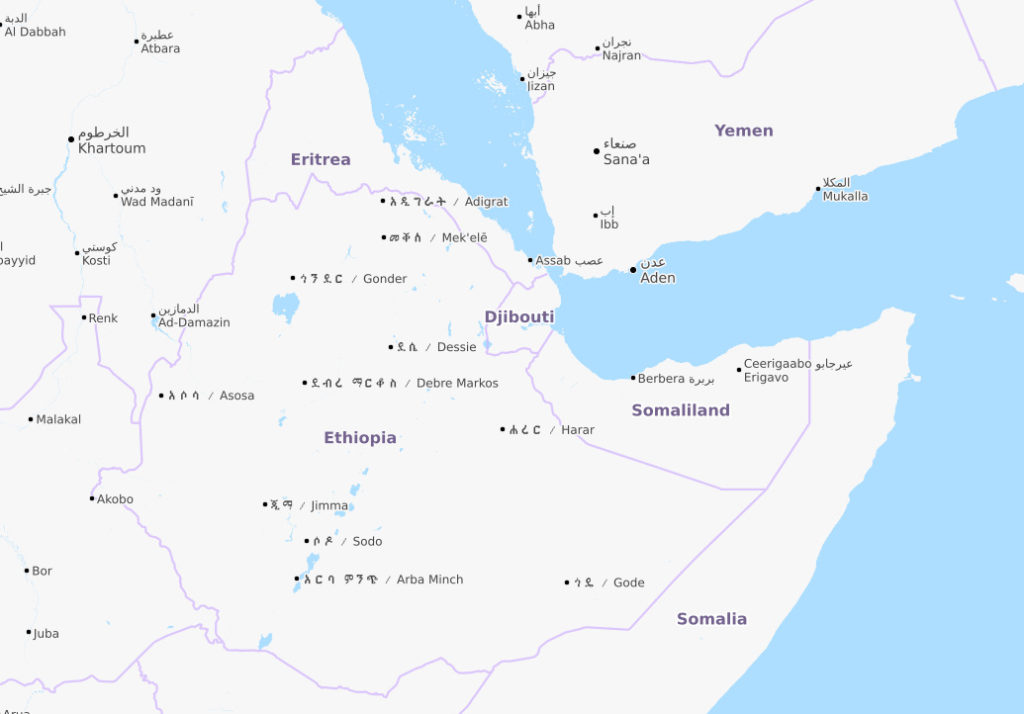
Danakil region
When we planned our tour, we excluded the visit of an Ethiopian landscape from the outset: the Danakil Desert. This is one of the hottest places in the world. The temperature rises up to 63 degrees Celsius. Here, in the East African Rift Valley, the country is partly 150 meters below sea level. The volcano Erta Ale attracts with a lake full of glowing lava, and dried out salt lakes as starting point and destination of camel caravans call for centuries traders. Only those who are specially prepared and physically able to cope with the strains should go into this dry wasteland. Nevertheless, people, the Afar people, also live here. Hildemann and Fitzenreiter write in their excellent book on Ethiopia: “The Afar roam the area and claim it (…) The Afar regard the region as their country, and may only visit whom they welcome as a guest. Therefore they should (…) travel locally with Afar escort.”
It is known that militias operate in this area on both sides of the Ethiopian-Eritrean border. There have also been kidnappings followed by ransom extortion. Ethiopia is three times the size of Germany and offers other desirable destinations en masse.
For foreigners travelling to the Danakil region, armed police are forced to accompany them from the small town of Barahale. As they approach the Eritrean border, soldiers join the jeep convoys. Since a sufficient supply with tents, water and food is a condition for the stay in the hot desert, the routes are almost always started from the city Mekele, whereby at least three vehicles drive off together.
Travel preparations
It was more important to prepare for the permanent stay at great heights. After all, we went to the highest country in Africa next to Lesotho. It is a country whose fascination every traveller is subject to. Many parts are completely different to others. I described Ethiopia as the land of wonders. The north is a living history book, the south a richly illustrated textbook of ethnology. 83 ethnic groups with their languages, customs, ways of life, traditions form such a diverse picture that Ethiopia cannot be characterized with a uniform definition. One must see Ethiopia in order to discover the secret of its being.
Axum
More than 1,000 kilometres north of Addis Ababa is Axum, the cradle of the Ethiopian state. For the country’s Christians, Axum has the same significance as Rome for the Europeans. 2,150 meters high at the foot of two mountains (Beta Giyorgis in the west and May Qoho in the east) world-famous steles testify to the emergence and decay, cultural achievements of early peoples, the threads of ancient legends weave themselves into historical fabric, ancient ruins prove the existence of glittering earlier times. Axum’s origins lie in the darkness of the past, but already in the 1st century AD the name of the capital appears in a Greek source. The empire experienced its climax in the 4th century, in the 7th century its gradual decline began. In the 10th century the Jewish queen Judith had the city destroyed. In 1535 another destruction took place. It was said that the Ark of the Covenant was saved with the tablets bearing the Christian commandments that God had given to Moses.
In the centre of Axum there are the old and the new cathedral “Mariam Zion”. To our astonishment, a priest showed us a thousand-year-old picture book, whose colours were so vibrant as if they had been applied yesterday.
Between the two cathedrals there are two chapels of special importance.
Around the second chapel there has been an international riddle since time immemorial. It contains the most important cult object of the Ethiopian Christians: the Ark of the Covenant, which is said to be a chest made of acacia wood and covered with gold, with the two panels on which the ten commandments are written, which God Moses had given to them. It was considered the throne of God and therefore sacred. Her touch freed her from guilt. The chapel is surrounded by a high iron lattice. A monk guards the ark. When he dies, he appoints a successor. This is the rule. As long as he lives, he exercises the activity of the guard. No one but him is allowed inside, even the emperor was denied a glimpse of the Ark of the Covenant. The lonely, shy guard comes out of the house from time to time and looks through the protective fence. He doesn’t want to show himself to anyone.
I pointed my camera at the chapel. The monk appeared and I pressed the shutter release from a distance. The yellow-dressed man fled as soon as he recognized our intention. With his upper body bent far forward and his arms pointing upwards, his escape posture reminded him more of the victory leaps of ski jumper Helmut Recknagel than of a spiritual guardian of the Grail.
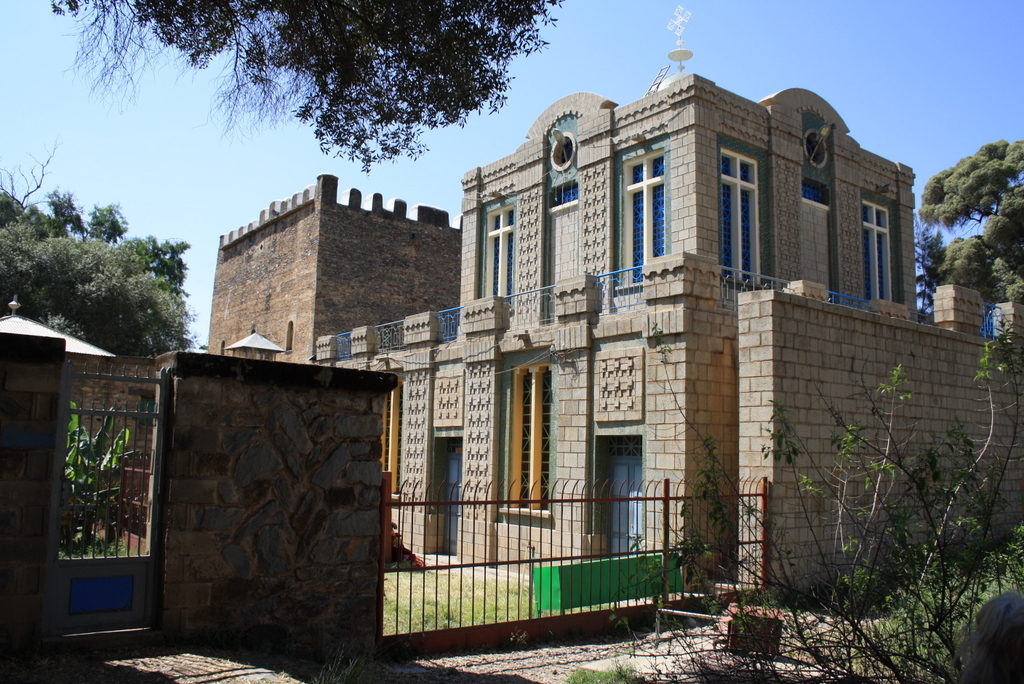
Dawn
“Oh, you were in Ethiopia? How did you cope with the sight of misery and hunger throughout the land? Was it bad for you?”
“Yes, we have travelled all over Ethiopia. For weeks. We did not encounter misery and hunger as a mass phenomenon”.
“Not? But the pictures on television. Those miserable camps with the refugees and the starving children?”
“The refugees come from Somalia. There are chaotic political conditions and terrible consequences of the drought.”
“I say yes, these poor Somalis. So that’s where you’ve been?”
“We were in Ethiopia!”
“Exactly, in Somalia.”
“No, Somalia and Ethiopia are two different countries.”
“Really? But on television …”
“The last great famine with over a million deaths occurred in Ethiopia in 1984. The country has developed enormously since then. Today the government has taken precautions for catastrophic situations. Dams have been built, food reserves have been built. For emergencies, each affected person has access to a certain contingent of food.”
“So there is no drought in Ethiopia?”
“Of course there is drought in certain regions. But the government, with China’s support, launched a gigantic road construction programme. We still rumbled through the country on the old gravel roads. But the new roads already exist. All they need now is to apply the asphalt. Everything else is ready. And in the future it will be possible to transport food quickly from fertile to dry parts of the country”.
“So Ethiopia is now a rich state?
“How to take it. As in many African countries, there is an economic and political upheaval. Capitalism is developing, a middle class is emerging as a promoter and beneficiary of economic development. In 2010, the South African trade journal Africa Investor reported on the 100 most important infrastructure projects in Africa that are run through joint ventures with foreign partners. These included the dams in Ethiopia. The London-based Chatham House Institute identified Africa’s enormous potential: around 40 percent of raw materials, agricultural goods, water supplies and energy reserves are located on the black continent and are waiting to be used. Of course, the extensive problems piled up in colonial and post-colonial times are not solved immediately. Growing wealth is not, or only partially, passed on downwards. Individuals and small groups benefit more than the mass of the people. This is also the case in Ethiopia.”
“So Africa’s economy’s going up? Is this comparable to the development in Asia?”
“I am orienting myself on the facts. At the beginning of 2011, an international trade journal predicted that Africa would overtake Asia in terms of economic growth over the next five years. In fact, it is the African states that will produce the strongest growth. The paper substantiated the claim with studies from the last ten years. According to the study, Angola has an annual GDP increase of 11.1 percent, followed by China and Myanmar, two Asian states, followed by two African states: Nigeria and Ethiopia. Chad, Mozambique and Rwanda are all classified according to these countries. The Economist magazine forecast economic growth for the next five years: China 9.5 percent annually, India 8.2 percent and Ethiopia 8.1 percent.”
“But what does this look like in Ethiopia in concrete terms?
“This is difficult to describe with general figures. You have to see how people live in the individual regions. Under what climatic conditions? Of course, the statistics also say something. Infant mortality now stands at 80 per 1000 births. This means that the rate has halved since 1990. On average, men live 42 years, women 43. Although the nutritional situation has improved considerably in recent years, it has slowed down with the mass arrival of Somali nomads. Birkuts, life-saving water reservoirs, are a great help. But there are regions where there is traditionally little rainfall and drought. In Amhara, for example, or Oromia and Tigray. To help Somali refugees, the government has set up the Dolo Ado camp on the border with Somalia. The drought is also at home in the Somali region of southern Ethiopia. UNICEF helped to alleviate the plight of the refugees in over 8000 nutrition centres. But Ethiopia is no longer the country that freezes in periods of drought and waits for outside help. In addition to extensive afforestation and irrigation, the government attaches great importance to a variety of agricultural crops. In addition to traditional cereals such as maize and teff, a dwarf millet species, the farmers are also engaged in the production of avocados, papayas, mangos and citrus fruits. For the purpose of nitrogen enrichment in the soil also that of beans and peas. There have also been successful attempts to grow plants that withstand drought, produce good results even when soil fertility is poor, and withstand hailstorms. Triticale, a cross between wheat and rye, which was introduced with German support, comes to mind as an example”.
Many people remember the Ethiopian famine of 1984, above all due to the worldwide action of pop musician Robert Frederick Zenon “Bob” Geldof. On July 13, 1985, he organized the largest rock benefit concert in the world at parallel events in London and Philadelphia. Already in November 1984 he released the song “Do They Know It´s Christmas?”, which was recorded with many prominent musicians. The 16-hour concert “Live Aid” at London’s Wembley Stadium featured top stars such as Queen, Duran Duran, U2 and Bob Dylan, captivating audiences from all over the world. In 169 countries, over a billion people sat in front of their TV sets and responded to requests for donations to Ethiopia. 150 million pounds (almost half a billion D-Marks) came together. Queen Elizabeth II knighted Geldof in 1986. Honours from all over the world followed. In 2011, the Saxon government awarded him the Order of St. George. Thus Ethiopia remained in the memory of the people.
Informal deficiencies, frozen images from the last century in Europe and a low level of tourism in Ethiopia are giving rise to misconceptions in our latitudes about the country, which is regarded as the roof of Africa. In the summer of 2011, dramatic images of Somali refugees went through the media. The refugee camp Dadaab in Kenya, once built for 90,000 refugees, had to be extended for 400,000 people. There, the aid organisation Care supplied the arriving Somalis with water from 20 boreholes. Groundwater was transported in tanks and water pipes to almost 500 distribution points. 15 litres of water per day and person could be distributed. In their homeland, lack of rainfall had led to extreme water shortages in the villages, caused famine and caused the refugees to flee. Every seventh person in the world still has no access to clean drinking water. Famines are the result.
Ethiopia has again been equated with Somalia in the media.
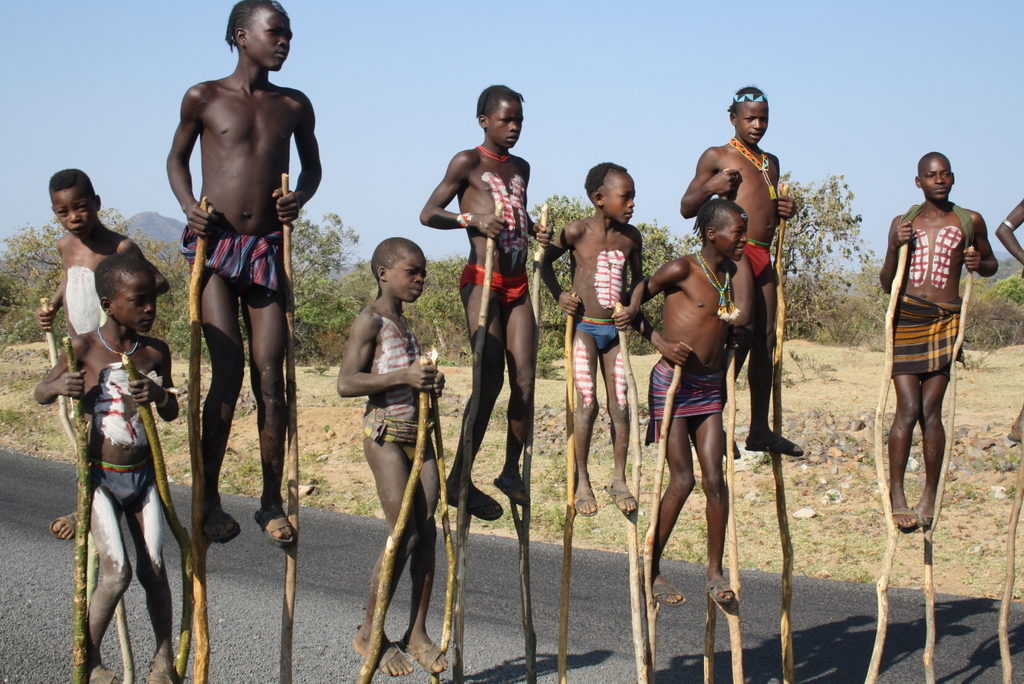
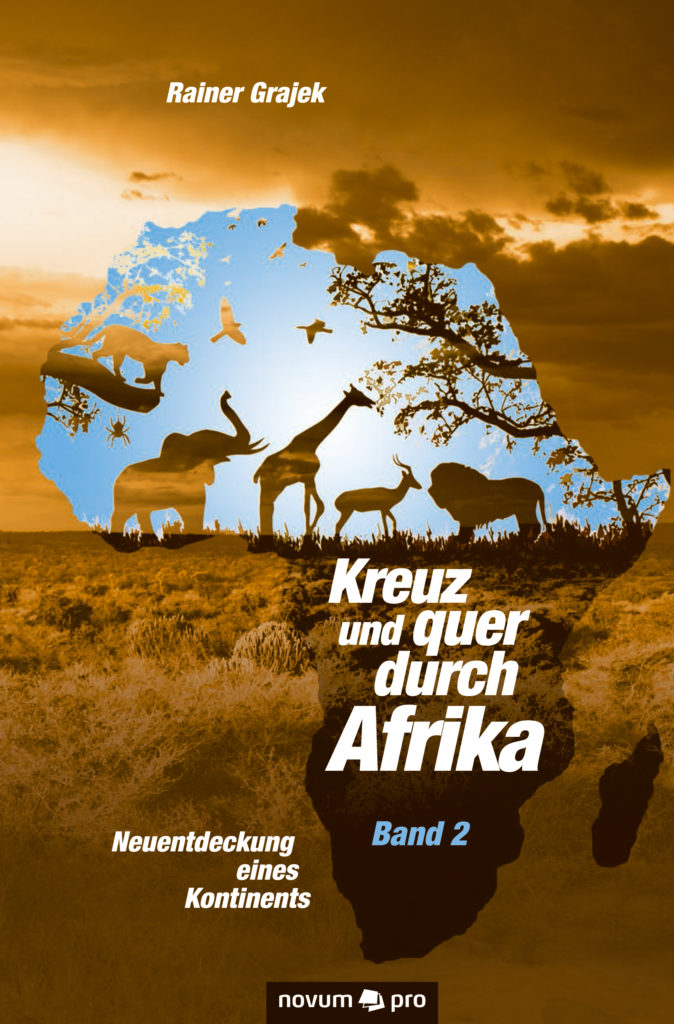
ISBN 978-3-99038-433-6
portuguese text: https://www.rainergrajek.info/etiopia-amanhecer/
german text: https://www.rainergrajek.de/aethiopien-daemmerung/
Last Updated on 2021-04-27
